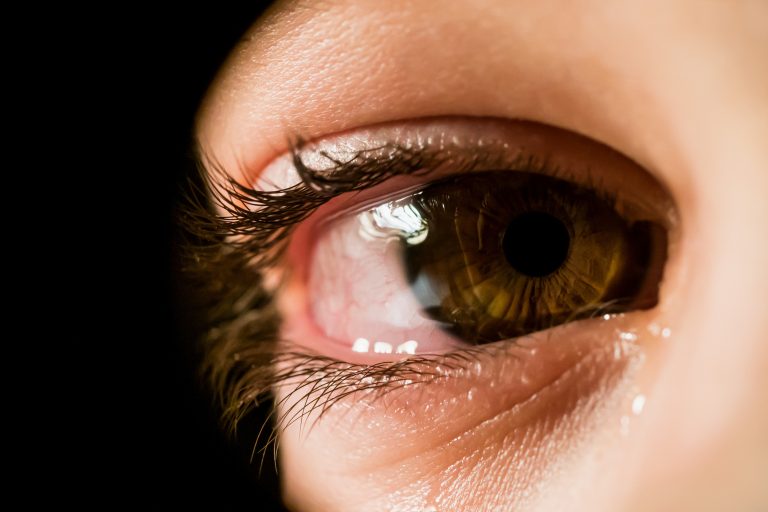PAVA spray Q & A
Learn more about PAVA spray and its use in prisons.

Please click here to find out why we are challenging the government’s decision to authorise the use of PAVA spray in prisons holding children.
-
Join the Howard League
We are the world's oldest prison charity, bringing people together to advocate for change.
Join us and make your voice heard -
Support our work
We safeguard our independence and do not accept any funding from government.
Make a donation